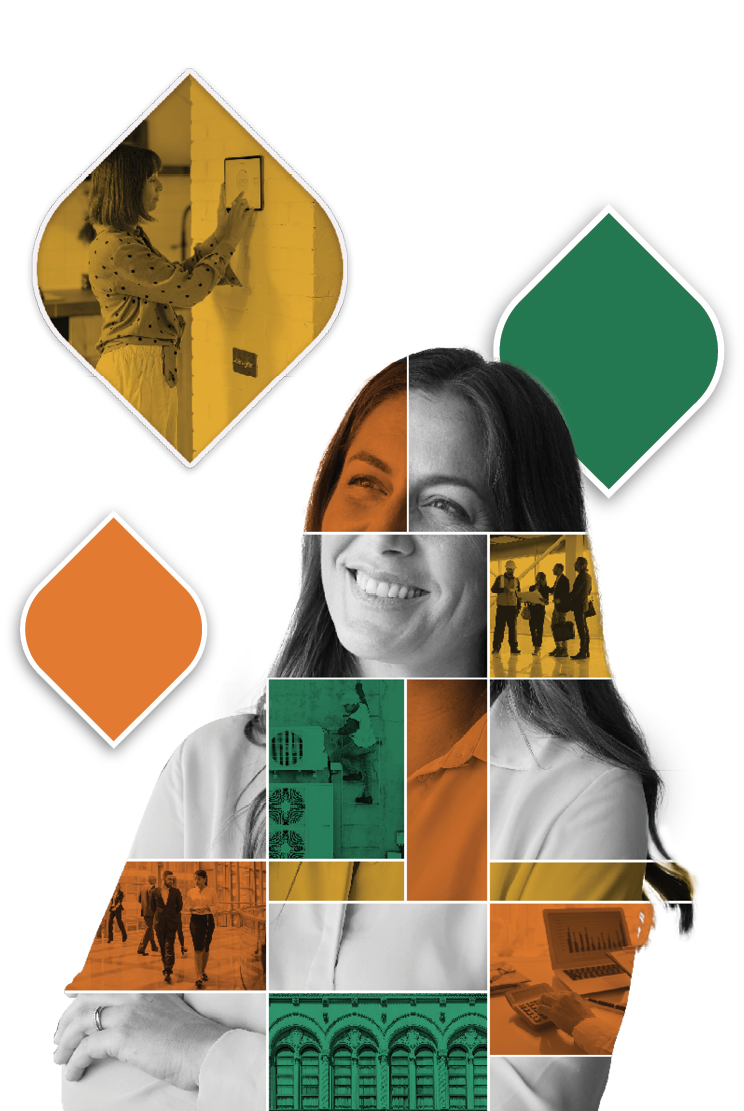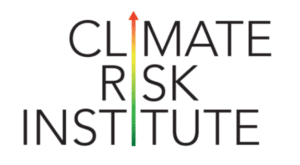
The Low Carbon Training Program was the first of its kind in Canada and designed by industry leaders to prepare companies and building sector professionals for the low-carbon future.
Get answers to your questions
The Canada Green Building Council (CAGBC) partnered with leading industry associations to develop the Low Carbon Training program, the first of its kind in Canada. Amid rapidly changing regulations, expectations, and growing market demand for low-carbon buildings, the comprehensive curriculum encompassed the fundamental principles of low-carbon buildings and the latest knowledge on the decarbonization of new construction and building retrofits.
Partially funded by the Government of Canada, the Low Carbon Training Program was developed by CAGBC in partnership with the Canadian Construction Association (CCA), Climate Risk Institute (CRI), Royal Architectural Institute of Canada (RAIC), Building Owners and Managers Association (BOMA), and the Real Property Association of Canada (REALPAC) in consultation with leaders in the Canadian building sector to help the sector take advantage of low-carbon building opportunities and investments.
While the Low Carbon Training Program is over, CAGBC and our national partners continue to offer valuable training in these areas to prepare you for a low-carbon future.
Those who enrolled in CAGBC’s Foundations course prior to March 31, 2024 have until June 30, 2024 to complete their course. Other Low Carbon Training courses may still be available at a cost, while others may have been integrated into ongoing training programs. CAGBC also offers the next stage in low-carbon training, centred around its Zero Carbon Building Standards.
Visit our partner sites to find out about new low-carbon training.
Low-carbon buildings are expected to play a significant role in helping Canada reach its 2030 and 2050 carbon reduction targets. Current investments from the government and industry will significantly expand Canada’s green building economy, with projections of $150 billion in GDP and 1.5 million jobs by 2030. In addition to growing the workforce, the sector will need to upskill with low-carbon knowledge and training to keep up with growing demand for low-carbon projects.
Low carbon training can help future-proof your career, giving you the edge needed to secure a place in the low-carbon economy.
Low carbon training is beneficial for anyone working in the real estate and building sector who wants to take advantage of opportunities offered by the transition to a low-carbon economy.
Are you ready to take the next step?
Your spot in the low carbon economy is only a click away!







